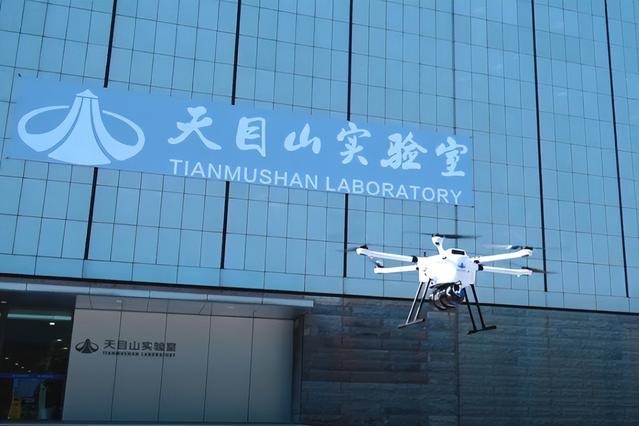Satellites mark start of space network

China Aerospace Science and Industry Corp used one of its rockets to launch two technology demonstration satellites on Tuesday morning. It was a start in building what the company considers will be the nation's first space-based network for the internet of things, according to the company.
Xingyun 2-01 and Xingyun 2-02, the first satellites in the Xingyun, or Moving Cloud, network, were lifted atop a Kuaizhou 1A solid-propellant carrier rocket at the Jiuquan Satellite Launch Center in northwestern China. The satellites were placed in a sun-synchronous orbit 561 kilometers above Earth, State-owned space and defense contractor CASIC said in a statement.
The company said that Xingyun 2-01 was also named Wuhan in honor of the Hubei province capital, which was hit hard by the novel coronavirus outbreak. The rocket used in the mission was painted with images of medical workers to salute doctors and nurses who fought the highly infectious disease.
The two satellites are tasked with verifying technologies such as laser-enabled intersatellite communication and data transfers between satellites and the ground-based internet of things, which refers to a network of devices, vehicles and other objects with software or sensors that allow them to connect and exchange data.
They will conduct trial runs in polar and marine environmental research, geological disaster monitoring, meteorological forecasting and maritime communication.
In the next step, 12 Xingyun 2 satellites will be launched to join the first two and then establish a small system for trial runs.
In CASIC's plan, the Xingyun network will have about 80 low-orbiting, narrow-band communications satellites when it is completed around 2023 and will provide global coverage to users by that time.
Once it is operational, the network will offer users, round-theclock access to the internet of things, which will bring numerous advantages to users ranging from better control of their devices and higher operational efficiency to optimized utilization of resources, according to the State-owned conglomerate.
Currently, the growth of the internet of things is largely constrained by insufficient coverage through conventional communications infrastructure, which globally reaches only 20 percent of lands and 5 percent of seas, researchers from CASIC said.
Tuesday's launch marked the ninth mission of Kuaizhou 1A, making it the most used solid-fuel rocket in China, surpassing the Long March 11, a model built by China Aerospace Science and Technology Corp that has made eight flights.
CASIC began to develop the Kuaizhou series in 2009 as a low-cost, quick-response product for the commercial space market.
The largest in the Kuaizhou fleet, Kuaizhou 11, is expected to make its debut flight at the Jiuquan center in coming months and will become China's largest and most powerful solid-propellant launch vehicle.
Kuaizhou 11 is 25 meters long, 2.2 meters in diameter and has a liftoff weight of 78 metric tons. It can place a 1-ton payload into a sun-synchronous orbit at an altitude of 700 km, or a 1.5-ton payload into a low-Earth orbit, according to designers.
Today's Top News
- China intensifies financial support to spur consumption
- China marks milestone in developing complex deepwater oil and gas reservoirs
- China remembers victims of Nanjing Massacre, 88 years on
- New plan will be a road map for a stronger future
- Taiwan's character of the year a vote against confrontation
- Strengthened resilience key for economy






























